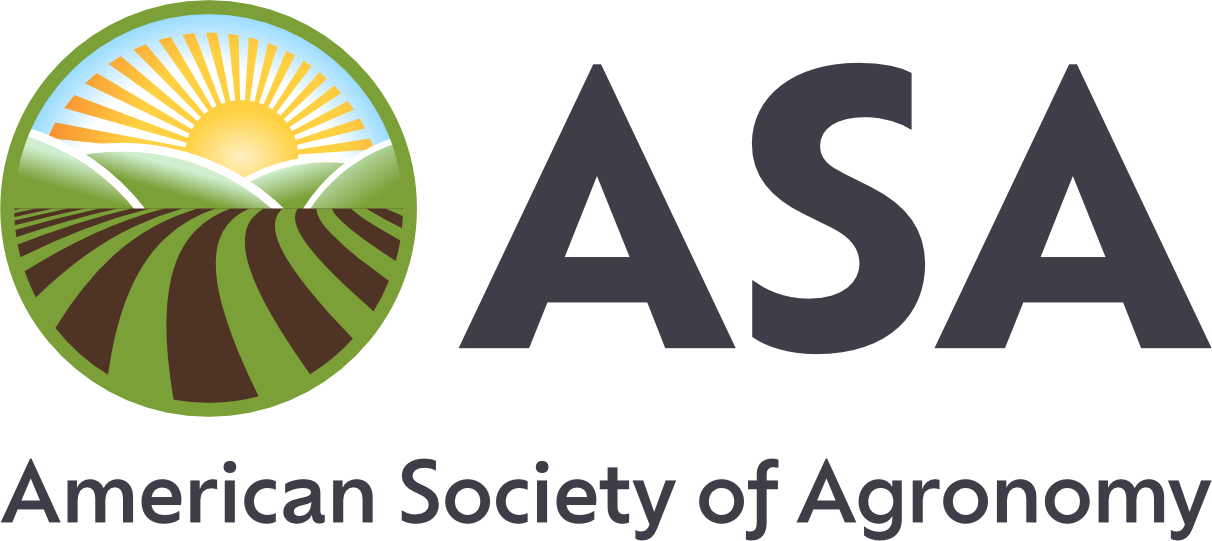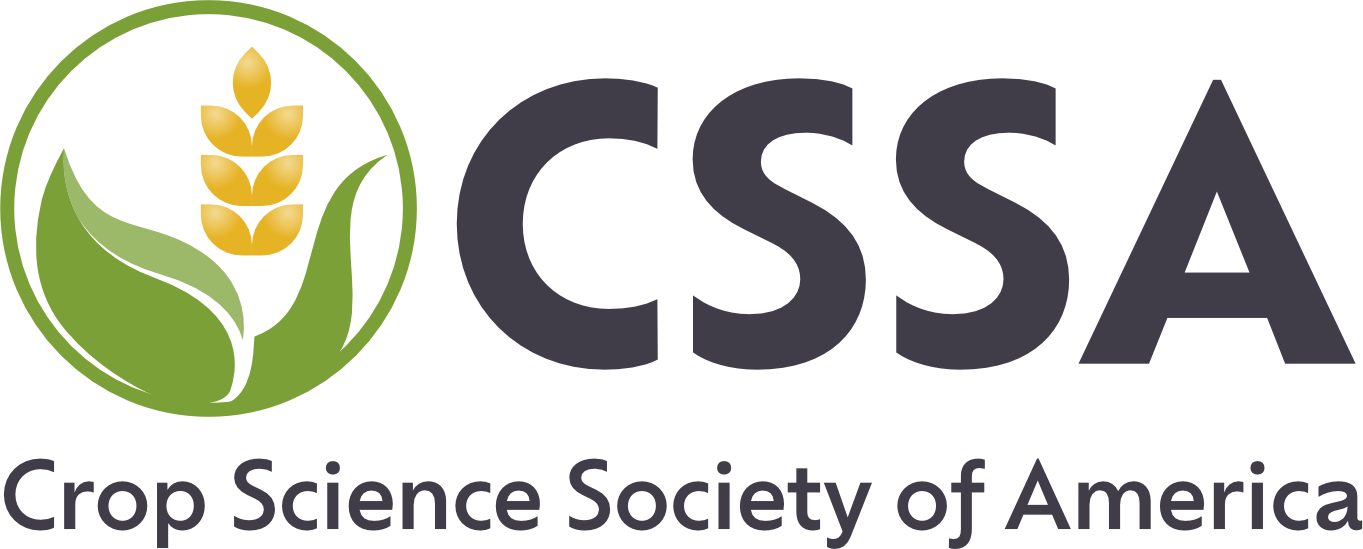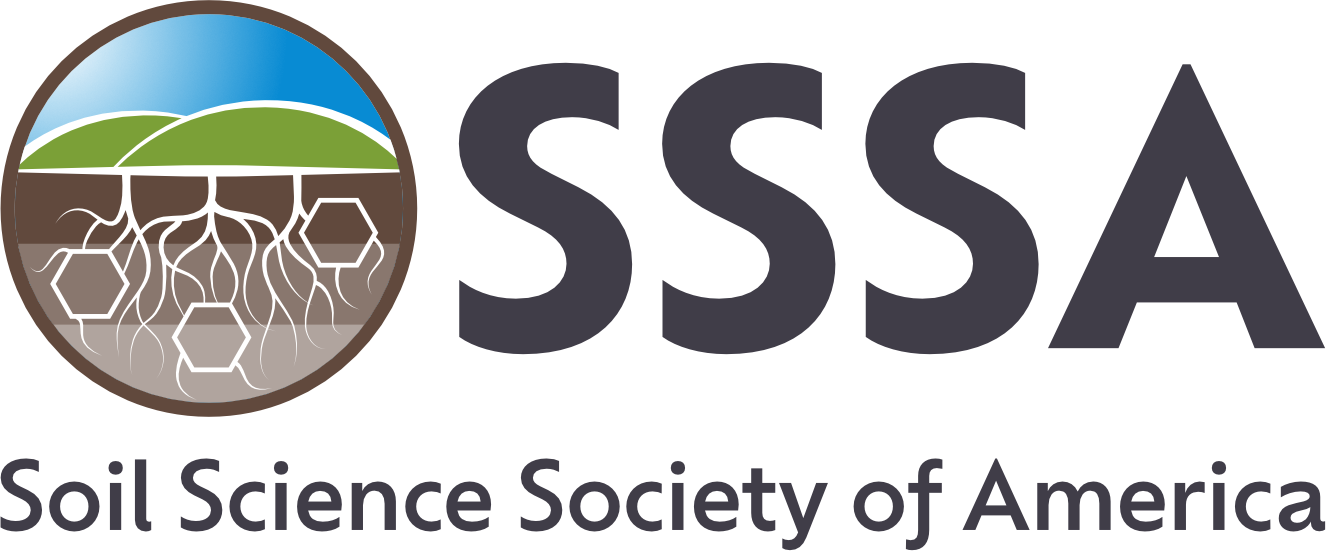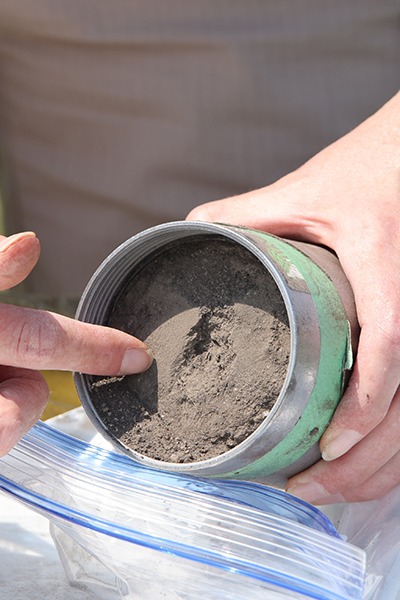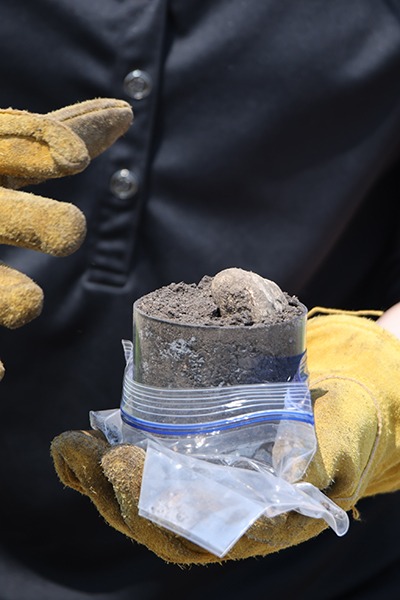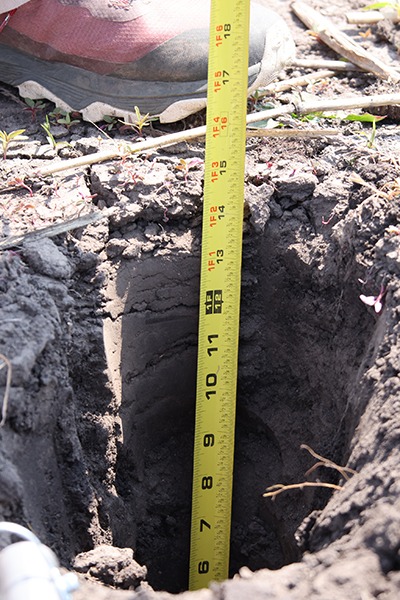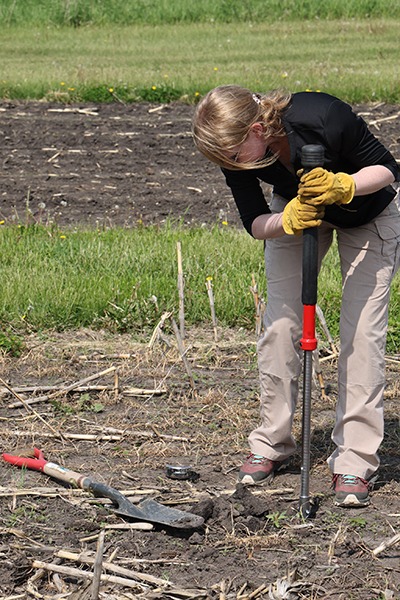Managing Dairy Cattle Rations to Reduce Nutrient Loss & Optimize Milk Production
Dairy cows produce methane 24 hours a day, 365 days a year due to their unique digestive tract that allows them to break down plants and turn them into meat and milk.
- For cows to produce lots of milk, they need to eat a diversity of nutrients such as proteins, minerals, and fats.
- Any excess nutrients they receive can subsequently end up in their poop and pee which can impact air and water quality.
So, what can we do about greenhouse gases and water quality issues from dairy production? Optimizing dairy cattle nutrition, animal health, and milk production has allowed farmers to significantly decrease the environmental footprint of milk production.
There are three ways we can manage the food dairy cattle consume to decrease nutrient losses and greenhouse gas emissions.
1. Reducing excreted N and P through feed management
Cow nutritionists are trained dietitians that create recipes to support cows’ health and milk production.
- Part of all protein consumed leaves the cow in the form of urine and feces with diets higher in protein resulting in more nitrogen in the urine. This nitrogen can form the gases ammonia and nitrous oxide, which are a local air pollutant and a greenhouse gas that is a stronger heat trapper than methane, respectively.
- Nutritionists create balanced diets that include the correct amount of all 10 essential amino acids (building block of proteins) that a cow needs to maintain health and milk production.
- By creating meals based on amino acids instead of protein alone, nutritionists can lower the amount of protein they need to include in the feed.
- As an example, dropping the protein content of a dairy cattle diet from 16.6% to 11.6%, can reduce farm ammonia and nitrous oxide production by 46 and 20%, respectively. However, it must be acknowledged that decreasing protein concentrations below 14%, may not fulfill all dairy cows’ dietary needs.
The same goes for phosphorus. Nutritionists can optimize the amount of phosphorus included in the diet so that cows receive the exact amount of nutrients necessary in their feed and nothing extra.
- To accomplish this, it is important to ensure the phosphorus source can be digested by the cows, as a proportion will also end up in their poop.
- Researchers have made significant progress on properly managing phosphorus on farms and ongoing work is determining how to effectively manage nitrogen.
2. Reducing methane emissions through feed management
To produce methane, the microbes in the stomach of cows combine hydrogen and carbon dioxide. The digestion of fiber—typically from forages—while necessary for dairy cow health, produces the precursors for making methane. Conversely, dietary fats and grains soak up the hydrogen molecules and reduce the methane production per pound of feed consumed. While most dairy farmers are feeding a small amount of grain already to accomplish high levels of milk production, dairy producers can look to incorporate around 6-7 pounds per cow per day to help reduce emissions.
- Dairy cow methane emissions can be reduced by 10-15% with the right combination of grain or fat feeding.
- Many grains require nitrogen fertilizer to be utilized to achieve optimum yield, which results in the production of nitrous oxide.
- Careful consideration must account for the climate impact of growing those feeds and utilize management strategies that can minimize the carbon intensity.
Rumen modifiers include plant compounds and essential oils.
- These molecules adhere to the methane producing microbes in the cow’s stomach or capture the free hydrogen to prevent methane formation.
- Utilizing these modifiers can yield a net 10% reduction in methane emissions with varying levels of success.
- Most of these modifiers are currently fed for reasons such as improving animal health, nutrient utilization, or milk production and the methane reduction benefits are seen as a secondary benefit.
- By formulating a climate friendly ration with modifiers and dietary fat, it may be possible to reduce methane emissions as much as 15-20% in the short term.
3. Optimizing milk production to minimize GHG emissions intensity through farm management
While we want to reduce livestock methane emissions, we don’t want to do so at the expense of reducing milk production. Cows will produce methane no matter what, but we can increase the milk production per cow that spreads those methane emissions across a fixed cost of methane. This decreases the amount of methane per gallon of milk or what’s more commonly referred to as methane intensity. Therefore, diet formulation must include an appropriate number of amino acids, energy, and fiber intake to maintain happy and healthy cows. The U.S. dairy industry has had incomparable success in reducing the environmental impact per gallon of milk produced by increasing the milk productivity per cow and below includes some of the examples of how it has done so:
- Healthy animals produce more milk. Reducing disease on farms as well as treating sick cows as early as possible helps minimize the impact of sickness on milk production.
- Utilize genetics for high milk producing cows. Cows that produce more milk utilize a smaller percentage of what they eat to sustain their own health. In a sense they dilute out the feed they eat to sustain health and use a greater percentage for milk production.
The big picture: There are currently methane reducing feed additives in the research and regulatory pipeline that once available to farmers in the next few years could be able to achieve 30+% methane reductions. In the meantime, dairy farmers can keep maximizing feed efficiency, nutrient utilization, and implement rumen modifiers and grains to drive down the carbon footprint of milk by constructing a diet for cow and planetary health.
Dig deeper: Check out the Decode 6 Podcast episode “Curbing Enteric Methane with Feed Additives: Opportunities & Costs for On-Farm Use.“
Photo by Krisann McElvain,. Wisconsin NRCS.

